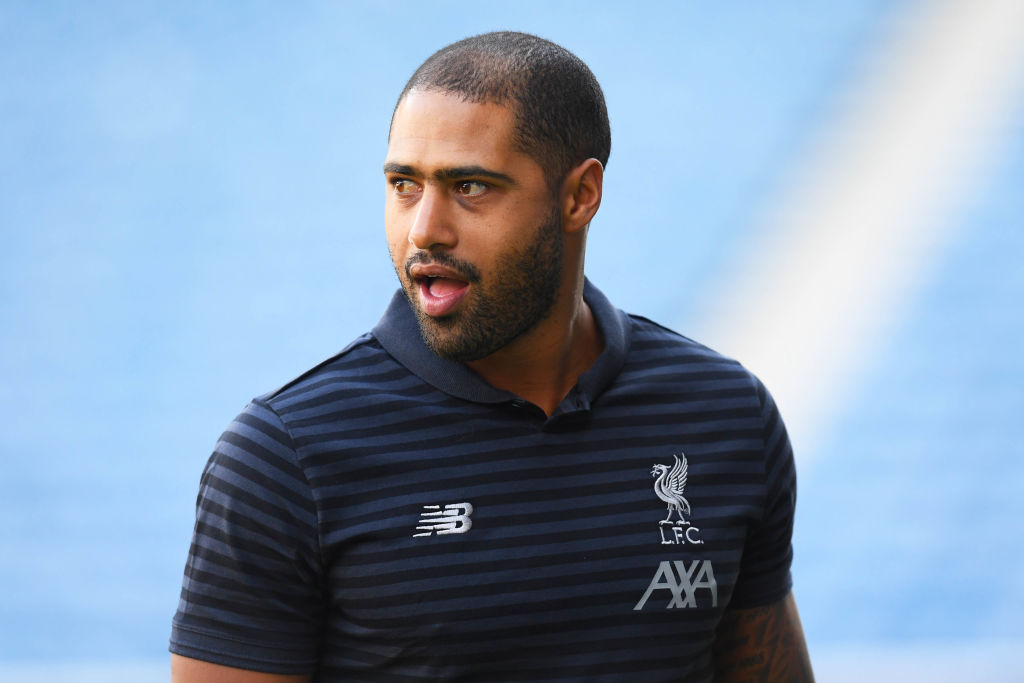The FA has launched a landmark grassroots strategy over the next four years, with £140m set to be invested as part of the framework to support the game at all levels.
Titled ‘A Thriving Grassroots Game’, the strategy has taken into account feedback provided by the grassroots community and will focus on key areas of growth as part of the FA’s commitment to football.
With five priority areas layed out in the new strategy, the FA want to get 220,000 new people playing football, which includes a 50 per cent increase in the number of female players and a 40 per cent increase in the number of players within Disability Football.
In order to deal with the demand, the FA are looking to build 4,000 more quality grass pitches across the country and welcome 15,000 new teams to the sport.
But while all those numbers and targets seem ambitious, James Kendall, the FA’s director of football development, believes that, with the amount of investment being placed into the strategy, it’s certainly not farfetched.
“Ambitious but achievable”
“It is ambitious but achievable,” Kendall tells FourFourTwo. “We have 8,000 quality grass pitches already – we’ve added to that number over the last four years, and we want to get it to 12,000. We want to invest in 300 3G pitches. Again, we believe that’s doable.
“In the next year, we’ll be investing £140 million into facilities, which is the biggest amount of money we’ve invested in single year, and this is through the Foundation in partnership very much with government, the Premier League and ourselves.”
Glen Johnson ‘believes’ in FA’s vision

One of the five priority areas the strategy aims to identify is tackling poor behaviour, which former England defender Glen Johnson is a big advocate for. Johnson believes that increasing opportunity for young people to get involved in football can only be a positive, which is why he has involved himself with the strategy, too.
“I believe in what everyone’s trying to do and achieve, which is build facilities and to refurbish some of the existing facilities so more kids can get playing football,” Johnson tells FourFourTwo. “It also helps get kids off the streets, help them behave themselves, so it can only all be a positive.
If the facilities are accessible all year round, that provides a lot more game time to kids and naturally gets more of them playing the sport as well.
VIDEO: Why Thomas Tuchel Is PERFECT For England
“Obviously not everyone is going to kick on to play football long term, but you might find a few gems in there. More importantly, though, they’ll find great relationships, stay out of trouble and stay fit. So if you build that foundation, it can only be going in in the right direction.”
With such investment, there’s clearly a suggestion that the FA would hope to uncover the next stars for the national team through the strategy. As Johnson highlighted, and Kendall reiterates, though, simply getting people playing football is the first objective – what happens thereafter is only a bonus.
“Our primary focus is to make sure that people can play the game whoever they are, wherever they are,” Kendall says. “It is a game for all, and that’s really the focus of it. But we also know that if we get the foundations right, then opportunities will emerge for the very best players to come through the system and to hopefully represent England in the future.”





